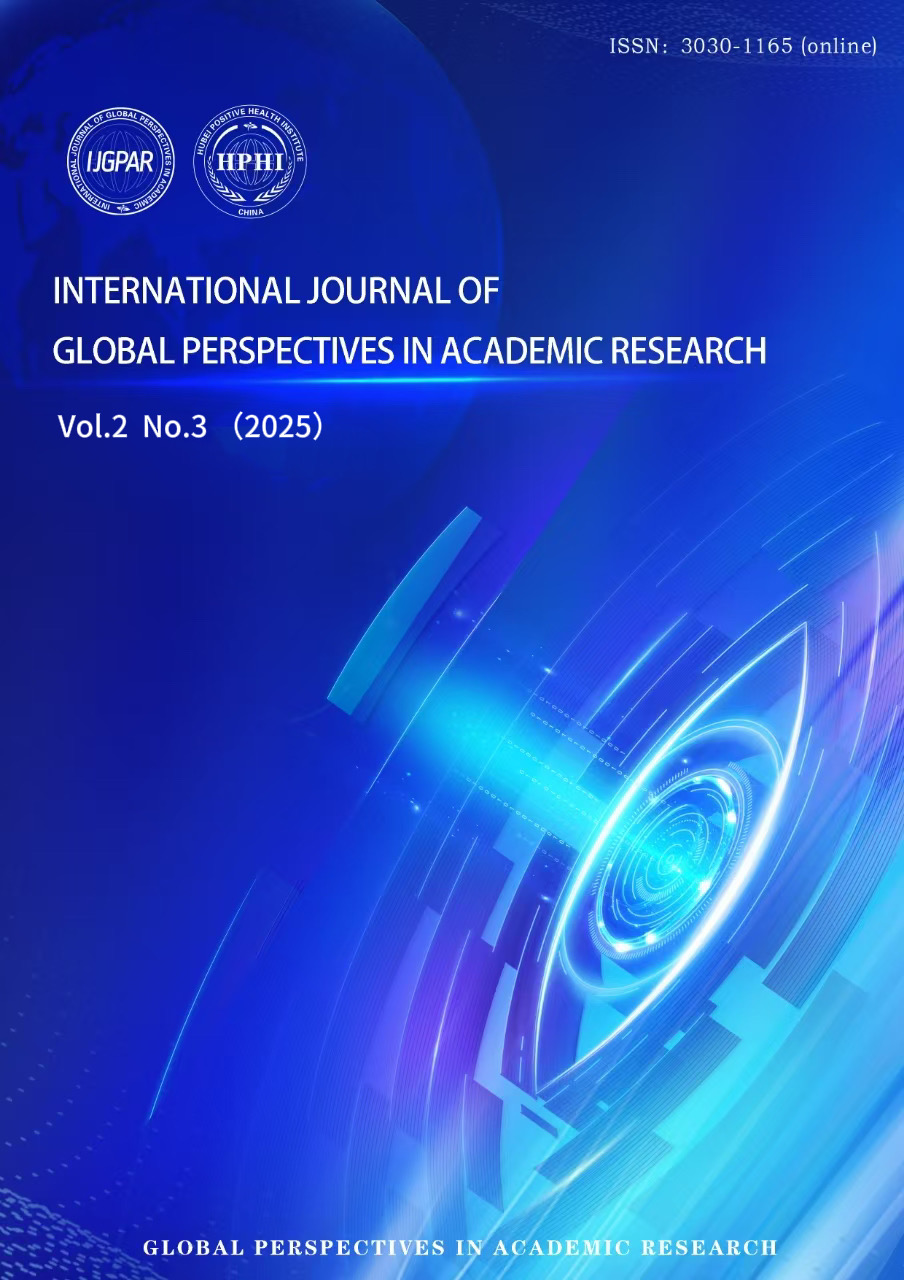A Weakly Supervised NLP Approach to Cross-Cultural Analysis of Generative AI Rumor Discourse in Chinese and Japanese Media
DOI:
https://doi.org/10.70339/96q1qm20Keywords:
Generative AI Discourse, Weakly Supervised NLP, Rumor Detection, Cross-Cultural Media Studies, Chinese and Japanese Media, Information Theory Metrics, Emotional Tendency, Temporal PatternsAbstract
The rapid advancement of generative AI has sparked widespread discourse, often accompanied by rumors and misinformation, yet cross-cultural comparisons of such narratives remain underexplored. This study addresses this gap by analyzing generative AI rumor discourse in Chinese and Japanese media through a weakly supervised NLP framework. We collect and compare data from major outlets in both countries, including People’s Daily Online, Xinhua Net, NHK, and Asahi Shimbun, focusing on linguistic patterns and thematic framing. The proposed method integrates rumor clue detection, uncertainty expression analysis, frame proportion quantification, emotional tendency assessment, and time peak detection, thereby offering a comprehensive toolkit for cross-cultural media analysis. Unlike traditional supervised approaches, our weakly supervised strategy reduces reliance on labeled data while maintaining interpretability. The results reveal distinct differences in how Chinese and Japanese media frame AI-related rumors, particularly in risk perception, governance narratives, and emotional tonality. Moreover, the study identifies temporal patterns in rumor propagation, highlighting cultural variations in media responsiveness. The methodological innovation lies in the adaptive integration of information theory metrics to mitigate small-sample biases, ensuring robustness despite limited data. By bridging computational linguistics and cross-cultural communication, this work provides actionable insights for policymakers and media practitioners aiming to counteract AI-related misinformation. The findings underscore the importance of culturally tailored communication strategies in an era of rapidly evolving AI technologies.
Downloads
Published
Issue
Section
License
Copyright (c) 2025 Jinghao Chang, ChunHao Zhai (Author)

This work is licensed under a Creative Commons Attribution-NonCommercial-ShareAlike 4.0 International License.





